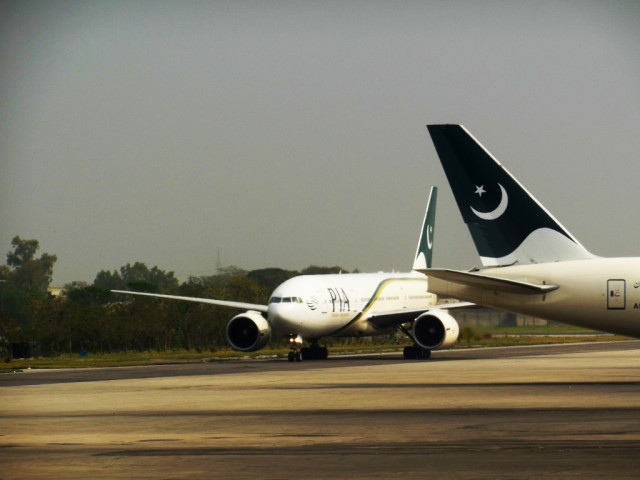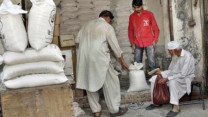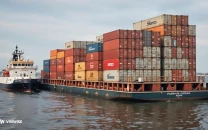Why privatisation is the right route for PIA
Successful sale of state-owned airlines has led to better quality of service

Chairman and CEO PIA take notice of the incident, say severe action would be taken against those found guilty. PHOTO: FAISAL MOIN/EXPRESS
PIA is probably the only airline in the world that makes these inhospitable announcements explicitly about its ‘customers’. Clearly, the government knows nothing of customer-centric conduct. When the employees know they can’t be fired, this is the logical consequence.
PIA's accumulated losses fly up to Rs267.56b
Therefore next time, when you are travelling on PIA, and even think of complaining about anything, do remember that your act, even if justified, is punishable under the legal and criminal codes, as long as it is classified as ‘disruptive’.
What about PIA?
The PML-N government, which assumed power on the promise of wide spread reforms and privatisation of state-owned enterprises including PIA, is still squabbling about the fate of the national airline.

Clearly it seems to have placed reforms on the backburner and the evolving political and judicial environment is not helpful either.
From Senegal to France, and from Kenya to Australia, at least 50 state-owned airlines have been privatised in the last couple of decades. As a presentation in one of our seminars showed, with the Minister of Privatisation in audience, there are five common factors which have led to the privatisation of state-owned airlines.
These factors are: financial difficulties, over-politicisation, highly unionised employees, delays in re-equipment, and poor service both on and off ground.
PIA is just another example thus deserves no other treatment but privatisation and an outright sale.
Case studies
The results of airlines privatisation have been mixed but there are resounding success stories which should ignite our minds instead of fearing failure.
Opposition united against PIA privatisation
Air Senegal had a debt stock of $1.4 billion in 1997 and was unable to pay it off. The government of Senegal was also unable to service its foreign loans. After four attempts, the government was finally able to privatise the national flag carrier in 2001. Total passengers quadrupled from 125,000 in 2001 to 500,000 by 2005.
The number of employees increased from 125 in 2001 to 316 by 2005. Revenues increased from $14.5 million in 2001 to $47 million in 2005. Contribution of Air Senegal to national treasury in taxes increased from $2,075 to $1,460,088.
Now consider the story of Qantas (Australian) Airlines. Privatised in 1995, it had a staff of 30,000 and served 16 million passengers annually. By 2015, it was now serving 50 million passengers annually. Staff increased by 30% from 1995 to 2005. It had a fleet of 136 airplanes serving 86 destinations. Now it has over 297 fleets serving 146 destinations.
Before privatisation, the national carrier of United Kingdom, British Airways was a drain on treasury after it was privatised in 1987 profitability increased substantially. Number of employees has also steadily increased since then catering for larger business.
Moral: successful privatisation of state-owned airlines has led to not just far better quality of service, but more jobs, more business for the investors, more taxes for the government.
The government made one good move by sponsoring an amendment making PIA a corporate entity. But it is a corporate entity still owned by the government, and if other such companies owned by the government are any guide, it is easy to predict that this amendment will be inconsequential. It has also considered launching another airline, Pakistan Airways, parking the liabilities in one company. But this will be just an accounting eyewash.
Therefore, options ahead are simple and straight forward. Privatise PIA in an outright sale or let it continue to perish.
The writer is founder and executive director of PRIME Institute, an independent economic policy think tank based in Islamabad
Published in The Express Tribune, November 7th, 2016.
Like Business on Facebook, follow @TribuneBiz on Twitter to stay informed and join in the conversation.



















COMMENTS
Comments are moderated and generally will be posted if they are on-topic and not abusive.
For more information, please see our Comments FAQ